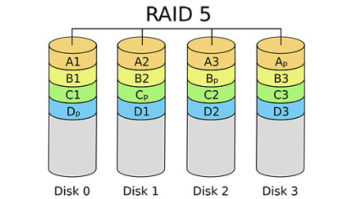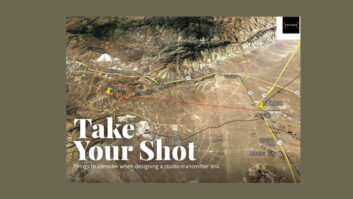The current election season promises change in many sectors, but there is one that we believe simply needs more of the same. It is the HD Radio conversion process. While certainly slower to date than most would hope, it is at least heading in the right direction, and momentum appears to be building gradually.
Taking stock, we observe that initial HD Radio receiver penetration in the United States has arguably grown as fast or faster than FM’s — or even DAB’s in other countries — over the same amount of time from their respective introductions.
Even in the U.K., where DAB has shown strong recent success, those results did not occur until a decade after its debut there, when a massive retooling of strategy was launched. A key component of the latter was the provision of exclusive new content streams on DAB (as opposed to earlier simulcasts of AM and FM programming), something that HD Radio has included essentially from its origin.
There also has been no satellite radio competition in the U.K., so HD Radio’s current penetration in the face of such competition here could be seen as even more impressive. (Some might also point out, however, that the presence of satellite radio stimulated U.S. broadcasters to convert to HD Radio sooner and in greater numbers than they otherwise might have.) Conversely, in the U.K., satellite television has carried DAB broadcasts, further increasing consumer awareness. Again, no such help from other media in the U.S. for HD Radio.
Yes, there are still problems to be solved (AM interference, for example) and improvements yet to be developed and/or deployed (increased digital power, data services, content protection, EPG), but most are already on the road map. Even more imminent are new HD Radio form factors (portables by Christmas 2009?) and continually reducing receiver costs — which, some might point out, are already relatively cheaper than FM or DAB receivers were in similar timeframes .
Meanwhile, some reasons for the sluggish transition cannot be attributed directly to HD Radio. Consider the intrinsic slowness of any voluntary broadcast transition — particularly one that occurs one station at a time, rather than via a more coordinated nationwide rollout.
There’s also the fact that much radio content itself may not be as appealing as it might be to today’s audiences, with its heavy commercial loads and aggressive audio processing. And, as noted, there are the many new competitive services developing simultaneously.
Nevertheless, we believe broadcasters should hold firm to their commitments on the transition, and continue to innovate with new multicasts and other services. The emergence of more “fine-grained” audience measurement systems should be timely and helpful tools. Meanwhile, as receiver costs drop and component availability broadens, HD Radio can continue to move toward the ultimate goal of attaining default status in all new receivers.
If HD Radio continues to get better, cheaper and more widely available, we believe the odds favor it eventually becoming a true success story.












